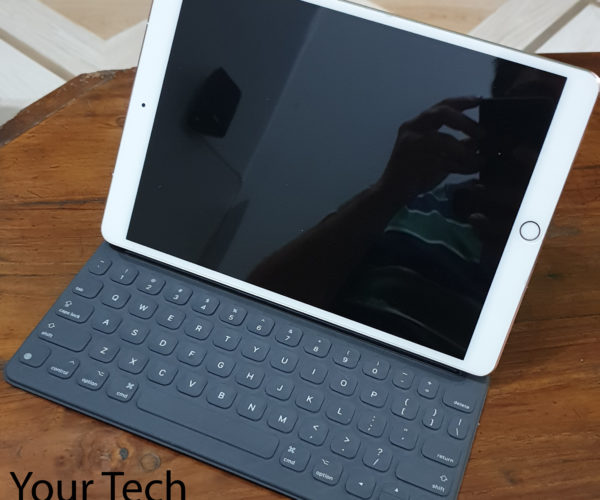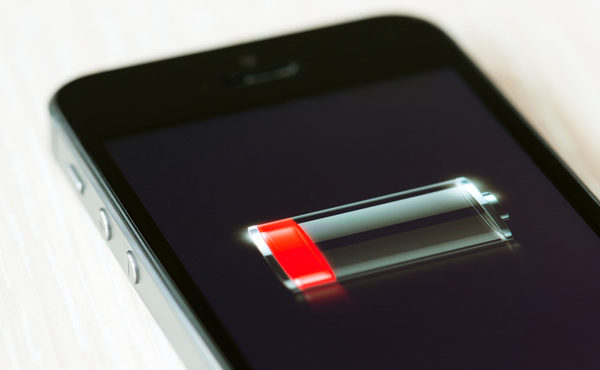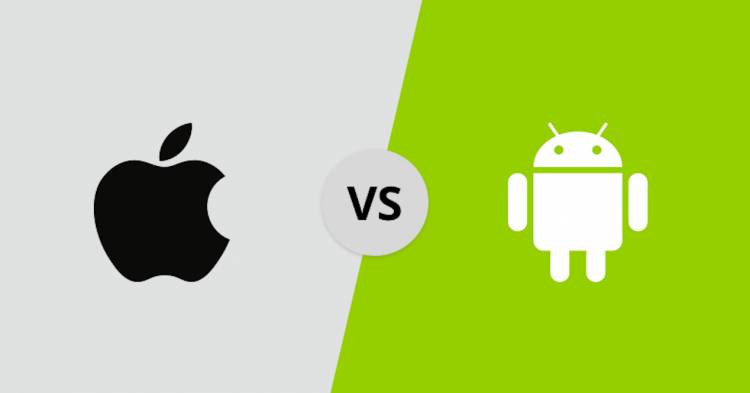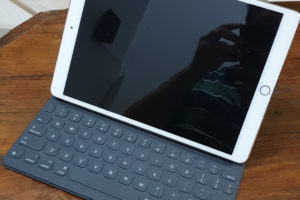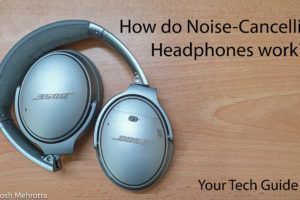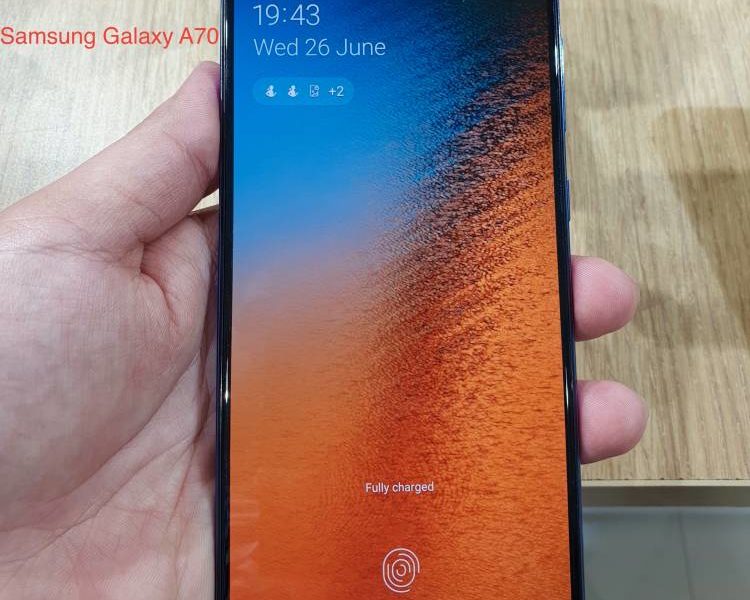Gone are the days when the sub-20000 range was neglected by Samsung with underpowered phones and laggy software. In the past few weeks itself Samsung has released three new smartphones in the budget category: Galaxy A30, Galaxy A50, and Galaxy M30. Leading this pack is the Samsung Galaxy A50, with a price starting from Rs. 19900. At this price, it will be in direct rivalry with the Xiaomi Poco F1. It went on sale in India a week ago on March 2 and is available on online as well as offline markets.
Let’s see if it has what it takes to survive in the unforgiving sub-20000 segment.
Design and Display
When you hold the Galaxy A50 in your hands for the first time, you get the feeling of holding a premium smartphone with the edges and body being polished and precision made.
Up front, there is an almost edge-to-edge display with a U-shaped notch which Samsung is calling the ‘Infinity-U Display’. The display is a 19.5:9 aspect 6.4inch FHD+ Super Amoled panel, with a pixel density of 403ppi. The display, being an Amoled panel, is super punchy and has vibrant colours. It also has deep blacks and excellent viewing angles as is expected from OLED panels. Also, the display also has an optical in-display fingerprint sensor, a first for Samsung in this price segment. The sensor is fast to read your fingerprint and also very secure, though not as fast as some of the competition out there.
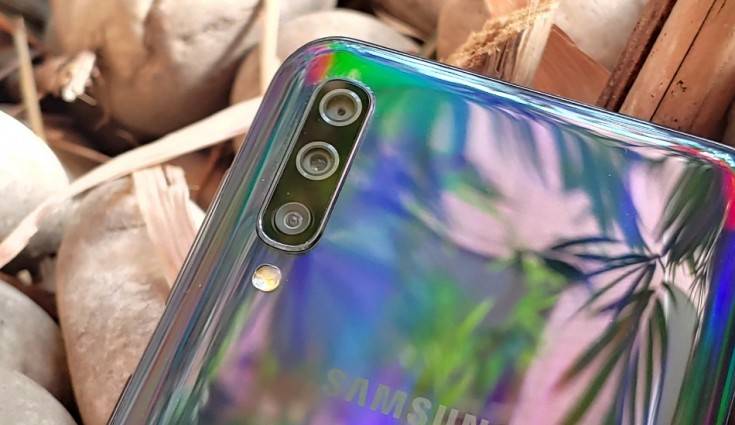
Coming to the sides, the Galaxy A50 has the power button and volume rockers on the right side of the device. On the bottom side, there is a 3.5mm headphone (yeah, still there), the speaker grill and a USB-C port.
The back is the most eye-pleasing side of the Galaxy A50, with its reflective coating on top of a polycarbonate shell (Samsung calls this a Glastic back) which scatters light to make for many appealing hues. I really liked the Blue colour model of the A50.
Performance
At the heart of the Galaxy A50 is the Octa-core Exynos 9610 chipset. This is supported by either 4GB or 6GB of RAM and 64GB of storage. The Exynos 9610 does a great job in keeping the device lag-free and is among the fastest CPUs out there.
It also came out-of-the-box with the Android 9 Pie based OneUI (read my review of it here). The OneUI is very polished and delivers an experience that is comparable to the stock Android experience.
Like it felt on the outside, the Galaxy A50 felt equally premium from inside. There is almost no stutter and the animations and transitions are also lag-free. The phone will be able to hold its ground in front of high-end games like PUBG and Fortnite.
The Galaxy A50 is powered by a 4000mAh. The battery was able to keep the phone up for around 8-9 hours on a full charge. Samsung also provides the A50 with a 15W fast charger in-the-box. The charger was able to charge the phone from 0 to 100 in around 1 hour 40 minutes.
Camera
One of the main highlights of the Galaxy A50 is its three camera setup at the back consisting of a 25-megapixel primary sensor with a f/1.7 aperture, a 5-megapixel depth sensor with a f/2.2 aperture, and an 8-megapixel ultra-wide angle lens with 123-degree field of view.
Samsung has also loaded the Galaxy A50’s camera with some nifty features like AR Emoji (works just like Apple’s Animoji), Hyperlapse, and a scene optimiser which automatically sets the best settings by scanning a scene. It also has Live Focus, which blurs the background thus creating a bokeh-like effect.

The camera was able to click some great detailed photos in a range of environments and settings. It performed superbly during daytime and in well-lit conditions, but left things to desire at night or in dim-lighting conditions.
The ultra-wide sensor gave a different perspective of the surrounding with its 123-degree field of view. It was able to capture natural looking photos, without compromising on detail.
Verdict
The Samsung Galaxy A50 is among the best smartphones in the sub-20000 price segment. It has a great build, a capable processor, and a well-rounded OS, though it could have had a better camera. It goes head-to-head with the likes of the Red Note 7 Pro, Xiaomi Poco F1, and Samsung’s own Galaxy M30.
Do put down your views in the comments section below. Cheers!
Bose QuiteComfort 35 ii – old but still gold
The Bose QuiteComfort 35 ii had one of the best designs that I’ve seen I headphones. The design looks simple, though very elegant. The headphones definitely get the Bose DNA. ...
![]()


